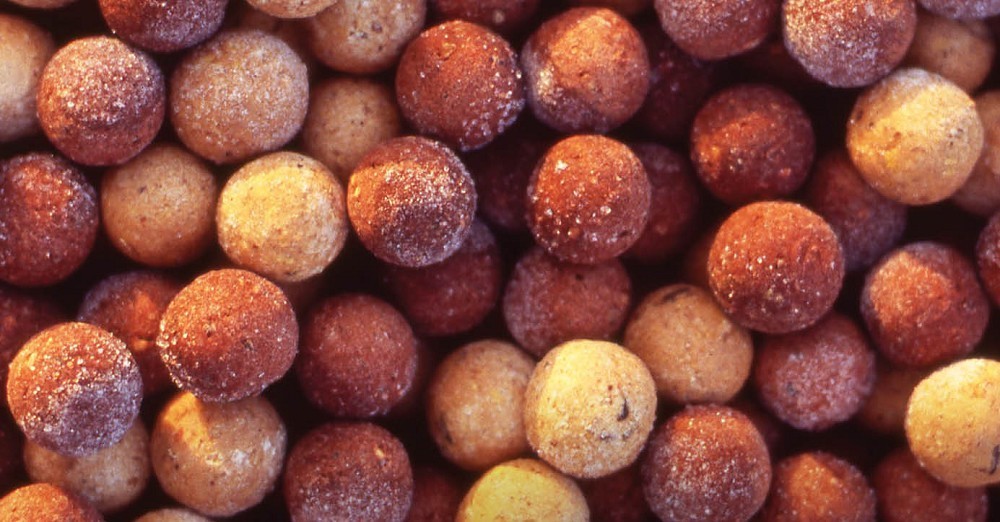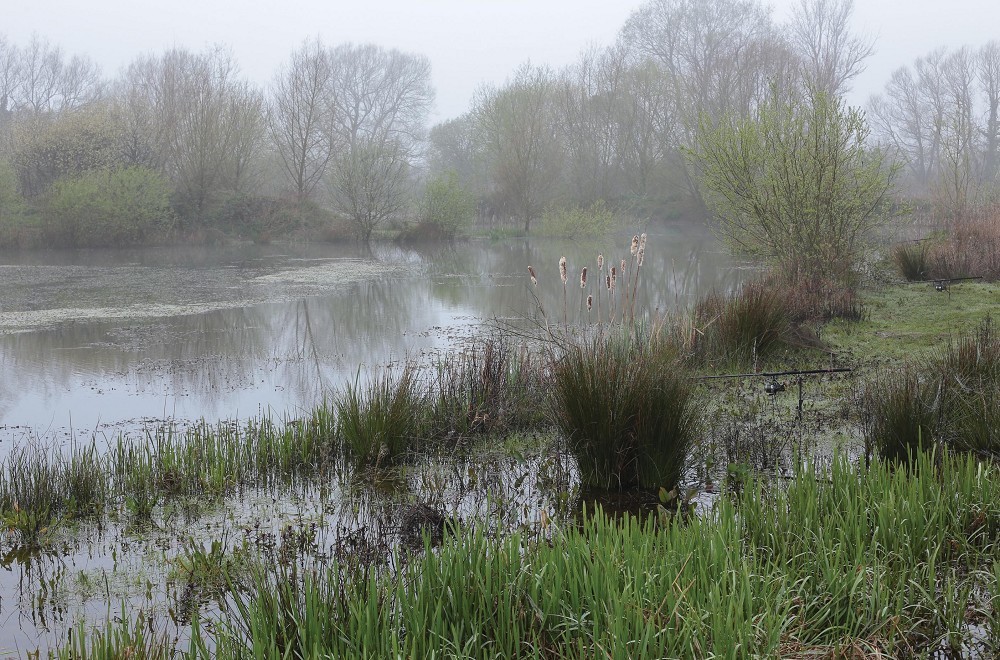
Does crushing or chopping your boilies make a difference?
We ask Terry Hearn for his thoughts...
Question: Convenience means boilies are round, which means 99% of all boilies found on the lakebed are round. Do you think a simple change like chopping or crushing your boilies will make a difference to your results, or do you believe if the fish are looking at your bait as a natural food source it doesn’t matter whether they are 10mm or 18mm round balls?
I think chopped and broken baits are good for a few reasons. They’re lighter and more likely to settle on soft silt or broken/collapsed weed, they cover a larger area for the same amount of bait, they release their attraction more easily and they just look better than lots of whole round baits when lying on the bottom. The main reason we use boilies whole and round is, as you say, for convenience. They’re easier to get out there, plus they suit our rigs best.
Other times though, we use them whole and round to help avoid nuisance species, as we all know that a bed of broken or crumbed baits is going to be far more appealing to bream for instance, than a bed of whole ones. At Ashmead for instance, I would have loved to have been able to fish over broken baits, but the rudd were so ravenous I had no choice but to use whole, 18mm freebies, even right in the edge. It’s the only time I actually contemplated changing to a less-attractive bait! Sometimes we’ve just got no choice, but if I’m able to get away with breaking them up, and it’s made easy because I’m fishing in the edge or baiting by boat, then I often do, just because I think broken baits get a better reaction.
On the natural food source thing, I think that so long as there’s plenty of whole, round freebies going in and that’s what the carp are used to and confident eating, then round baits will obviously continue to work well. A good example along the same line of thought is at Wasing, where bait boats have been heavily used for years and years, so much so that it makes me wonder how accurate little patches of bait dropped from a boat can carry on working so well. One side of me says that the method should have blown ages ago, until I think of the amount of times anglers reel in rods without any action, regularly leaving perfectly safe patches of bait all over the lake. Patches are what they’ve become used to feeding upon on and much of the time they’re safe.
 Ashmead. Wherever possible I do like to fish over broken baits, but on some venues the nuisance species can make it virtually impossible
Ashmead. Wherever possible I do like to fish over broken baits, but on some venues the nuisance species can make it virtually impossibleThis subject takes me right back to my teenage years, when I spent a winter fishing Winny Hill in Surrey. Fishing had actually been stopped at the time in favour of jet skiing (something else which kept carp on the move through the winter), but friends and I used to sneak in after dark and hurl four-bait stringers into the distance for a few hours, like you do at that age when you can still get away with it. Every time we packed up there’d be a mad ten minutes with the throwing sticks, each of us sticking out our huge bag (a pound or so) of carefully home-rolled freebies, but as well as scattering single freebies I also used to catapult out a few three and four-bait stringers. I was a postie back then and I used to tie plenty up at home in the afternoons, with the proper old Gardner PVA string in the yellow packets. Two or three might get used, hooked onto my rigs and cast out each evening, but any unused stringers always got catapulted out at the end of the evening just the same; in effect getting the fish used to finding clusters of baits. I’m sure using stringers and baiting with little three and four-bait clusters would work well on a lot of waters today, it’s different, and it’d be much easier today too, now that we’ve got products like PVA stocking mesh. Something to think about. Keep catching ‘em.



